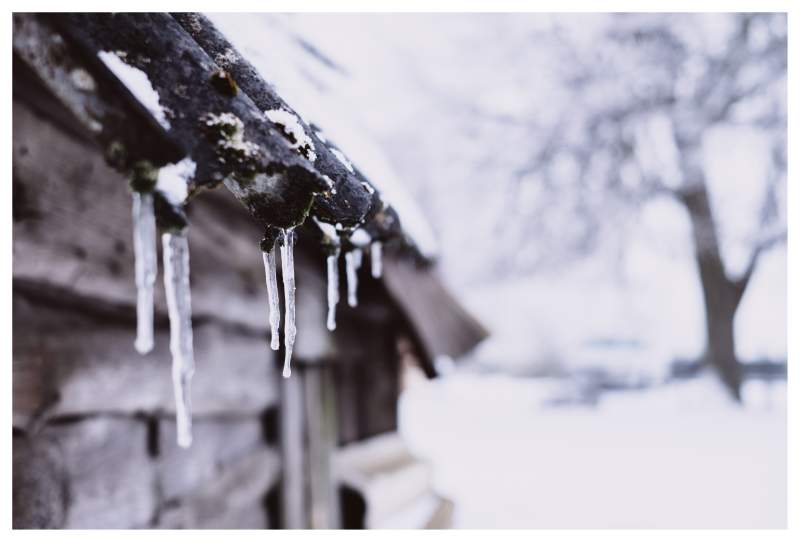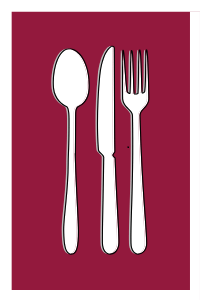No products in the basket.

You may have heard of ice wine (also known as Eiswein or icewine) but you will be excused if you don’t know much about it because ice wine is quite rare and also expensive – but it is also a beautiful wine so if you get chance give it a try. But before you do, read all you need to know about ice wine. This blogpost looks at what ice wine is, where and how ice wine is produced, how ice wine tastes and which foods are the perfect match with ice wine.
Ice wine is a sweet wine so usually consumed as dessert wine. It differs from other sweet or dessert wines for which grapes are dried, raisined or infected with the botrytis fungus that causes noble rot. For ice wine only healthy grapes are used; they are left on the vine until they are frozen. The temperature of the grapes must be as low as -7 to -8 °C before they can be picked.
Ice wine differs from fortified wines like port which have spirits added to fortify them. In fact the alcohol level or ABV of ice wines is only about 10%.
Harvest is usually very early in the morning to keep the grapes frozen and by hand. Usually harvesting is in November or December – sometimes later although ice wine produced from grapes picked early in the year are generally considered to be inferior. The grapes are then pressed whilst frozen so that the frozen water from the grapes is removed and just the sweet juice is used for the wine.
This makes for concentrated, naturally sweet wines. In addition and less commonly known is that the acidity in the grapes is also intensified meaning that the sweetness of the wine is or should be balanced with refreshing acidity.

In fermentation yeasts convert as much sugar as they can into alcohol. You might think therefore that the alcohol level for such sweet wine would be high but yeasts struggle to function in low alcohol environments and it therefore takes a few months for fermentation to complete and then not all the sugar is consumed and any remaining yeast has to be filtered out. Levels of residual sugar in ice wines fall in the range of 160 – 220 gram per litre which compares to less than 1 gram per litre in many still dry wines.
Ice wine or eiswein is not produced every year – the winter obviously has to be cold enough for the grapes to freeze to the required temperature before picking. Global warming is a concern to winemakers especially in Austria and Germany where the frequency of eiswein production is diminishing. In the 10 years to 2018 for example there were 5 eiswein harvests classified as good in Austria, one vintage classified as little and 4 as very little or hardly any eiswein. In the 10 years before that there were 3 classified as top vintages, 5 good and 3 with very little or hardly any.
Ice wine can be produced made anywhere cold enough to allow the grapes to freeze on the vine but traditionally they have been produced mainly in Germany, Austria and Canada (it is known as eiswein in Germany and Austria and icewine in Canada). The main difference between production in Canada compared to Germany & Austria is that the levels of sugar in the grapes prior to harvest must be higher in Canada.
In theory any grape varieties could be used to produce ice wine but in practice ice wine grapes tend to be aromatic and cool climate varieties like Riesling, Grüner Veltliner, Gewürztraminer and Chenin Blanc . Most frequently white grapes are used but you will see icewine produced from black grapes especially from Cabernet Franc in Canada. My own current favourite is made in Austria from black indigenous variety Zweigelt also known as Blauen Zweigelt. The wine itself is a very pale pink colour.
Ice wines are generally pure varietals, i.e. not blends and in Canada they must be pure varietals to be designated as icewine.

Sadly ice wines are expensive but as you can imagine this is mainly because they cost so much to make plus you need five times as many grapes to produce a bottle of ice wine as you do to produce a bottle of still wine.
You may see cheaper versions of ice wine but these will usually be labelled as dessert wine or as iced wine and they will have been produced from grapes artificially frozen in the winery and or with sweet reserve added to the wine. You get what you pay for as they say.
Generally genuine ice wines will keep about 10 years though some will keep longer; bear in mind that the flavours and aromas will change as the years go by. Once opened however your bottle of ice wine should be consumed within a week or so using a wine pump in between – unless you have a Coravin of course.
Ice wines are medium to full-bodied and very smooth in texture. Because they’re made from aromatic varieties generally the taste will be fairly typical of the grape variety but with more intensity. For white ice wines flavours tend towards apricot, peach, pear, pineapple and lemon with honey whilst red ice wines will taste of cherries, red berries and spice. All good ice wine will have mouth watering acidity so that even though sweet the wines don’t taste sickly sweet.
If you do keep your ice wine for a few years before opening, it will be darker in colour and richer and nuttier in flavour plus the acidity may fade a little so the sweetness will be magnified. My preference is to drink relatively young to preserve those fresh fruity flavours and crispness.

As you might expect ice wines go well with desserts – remember the guidelines from my food & wine matching tips that wines consumed with desserts should always be sweeter than the dessert itself. But there are also some savoury dishes that will go well with ice wine – try one with rich patés and blue cheeses.
I have it on good authority from Franz Türk that chocolate is the perfect partner to his ice wine made from the black grape Blauen Zweigelt.
Austrian Wines suggest the optimum temperature to serve your ice wine is at 10 °C and small glasses with small rims will help to concentrate the aromas. I prefer it a little cooler, c. 8 °C. Remember to hold your glass by the stem to keep the wine cool. Hands on the bowl of a wine glass soon warm up any wine.
Sign up to my newsletter to receive exclusive offers and learn more about Wines With Attitude
© 2014-2024 Wines with Attitude Ltd | VAT Reg. No. 181 2419 22 | Registered in England 08918466 | Fiveways, 57-59 Hatfield Road, Potters Bar, Herts, EN6 1HS